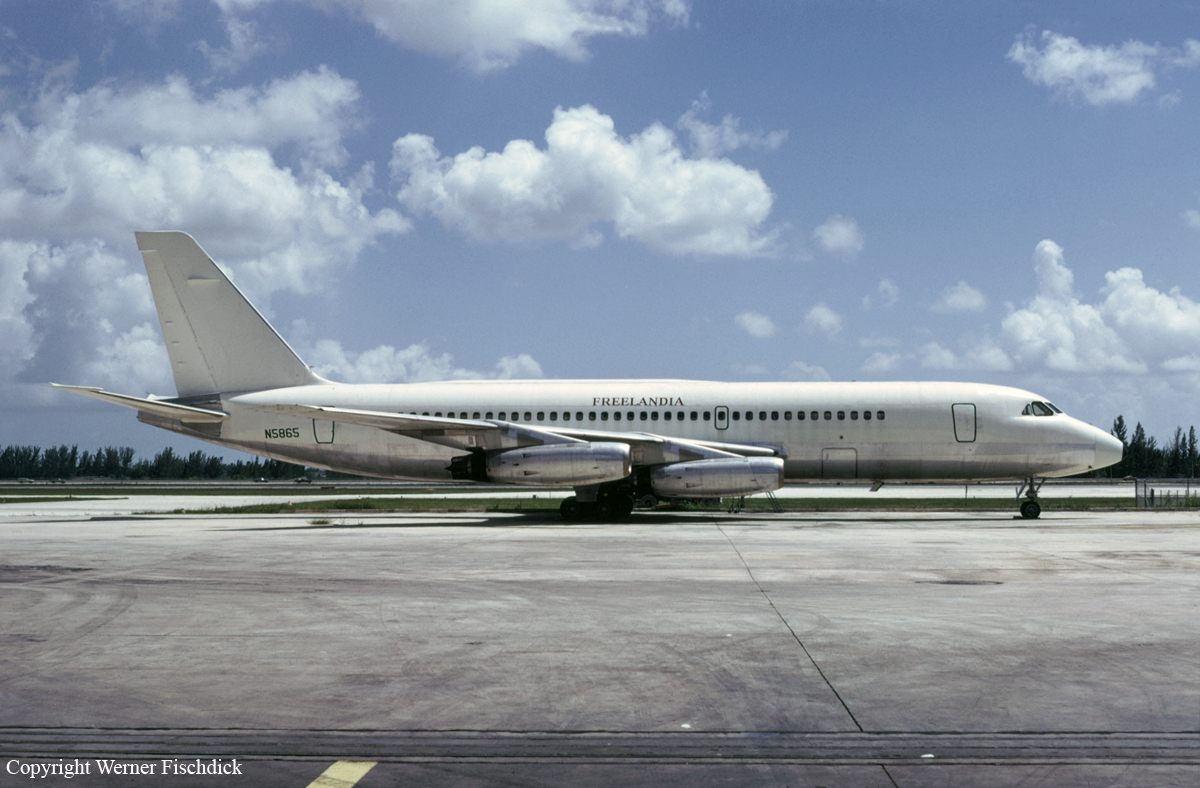Crash of a Convair CV-880-22M-22 in Miami
Date & Time:
Dec 16, 1976 at 0330 LT
Registration:
N5865
Survivors:
Yes
Schedule:
Miami - Santo Domingo
MSN:
22-00-57
YOM:
1961
Crew on board:
3
Crew fatalities:
Pax on board:
0
Pax fatalities:
Other fatalities:
Total fatalities:
0
Captain / Total hours on type:
6643.00
Circumstances:
The aircraft was engaged in a cargo flight from Miami-Intl to Santo Domingo, carrying three crew members and a load consisting of 37 cows. During the takeoff roll completed by night on runway 09L, the captain decided to abandon the takeoff procedure and started an emergency braking manoeuvre. unable to stop within the remaining distance, the aircraft overran, collided with the localizer antenna located about 1,000 feet past the runway end and eventually came to rest into a ditch. All three crew members were seriously injured and all 37 cows were killed. The aircraft was destroyed.
Probable cause:
Collision with ditches during an aborted takeoff because the aircraft was improperly loaded. The following contributing factors were reported:
- Operational supervisory personnel: deficiency, company maintained equipment, services, regulation,
- Improperly loaded aircraft weight and balance and CofG,
- Delayed action in aborting takeoff,
- CofG beyond the forward limit.
- Operational supervisory personnel: deficiency, company maintained equipment, services, regulation,
- Improperly loaded aircraft weight and balance and CofG,
- Delayed action in aborting takeoff,
- CofG beyond the forward limit.
Final Report:




